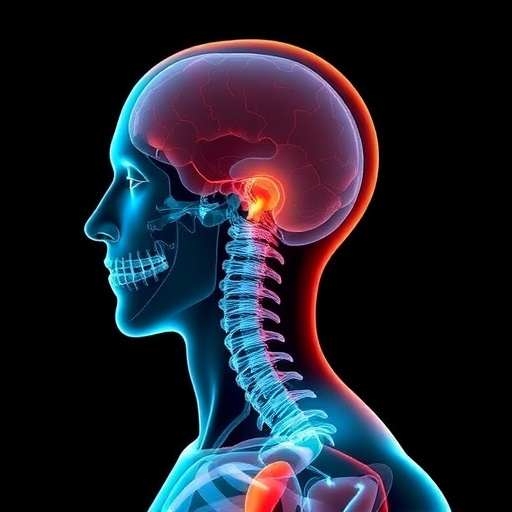This article by Dr. Angela Polito et al. is published in Current Pharmaceutical Design, 2018
Zinc is one of the essential components in the diet of all living organisms. It is the second most abundant biological trace element after iron. Zinc is of great importance in various metabolic functions and its deficiency can cause many problems. It is involved in cellular metabolism, growth, development, cellular physiology, and immune function. Approximately 300 enzymes and 100 transcription factors identified have the requirement of Zinc to remain functional. As a cofactor in enzymes, it ensures the catalytic activity of six main classes of enzymes including oxidoreductases, transferases, hydrolases, lyases, isomerases, and ligases.
Zinc has an essential pleiotropic role in human body and because of that, its concentration must remain constant and independent of dietary fluctuations. Zinc is mostly lost through urine and unavoidable skin and intestine cell desquamation and hair. In harsh conditions, it may be lost through perspirations. Together with the loss of fluids, this daily loss of zinc content should be replaced by the appropriate dietary intake. The homeostasis of Zinc is a well-regulated cellular process and has been reported to be chiefly mediated by the expression and activity of zinc-binding proteins such as metallothioneins and zinc transporters. Genes encoding for these proteins are known to exist as genetic variants.
A multi-database electronic research was conducted to provide an overview on the relationship between single nucleotide polymorphisms (SNPs) of genes encoding for metallothioneins and zinc transporters and their relationship with zinc status, immune function and some non-communicable diseases. It was found that some SNPs may affect the impact of Zinc supplementation on immune function, diabetes, and obesity. Further studies are required to clarify the interaction between individual genetic profile and zinc status. Moreover, there is a need for closer coordination between scientific bodies and health professionals to enable authorities to prescribe better dietary and behavioral recommendations to promote human health, with particular concern to elderly people.
###
The article is Open Access till 31st December, 2018. To obtain the article, please visit: http://www.
Media Contact
Faizan ul Haq
[email protected]
http://dx.




